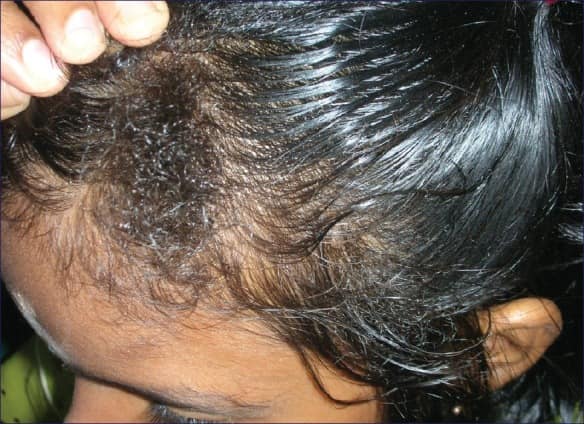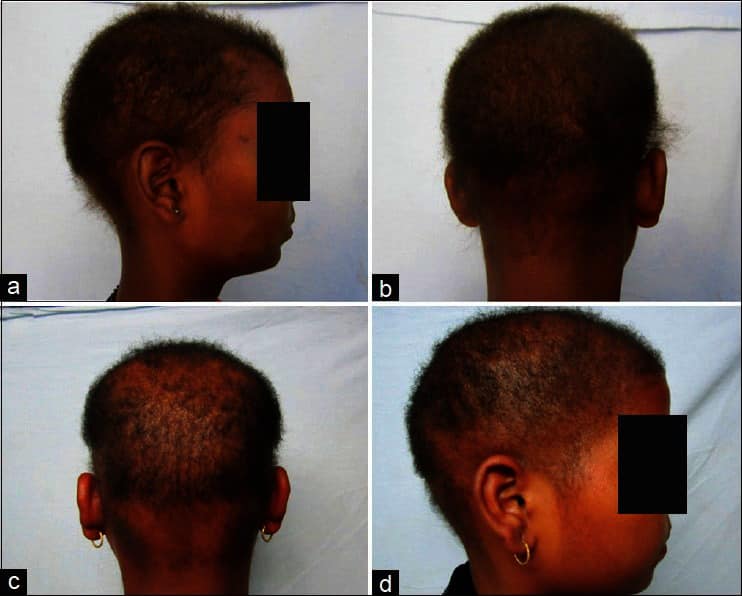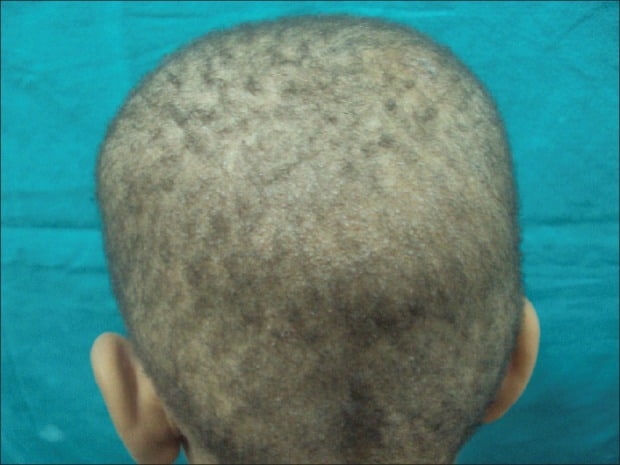Woolly hair syndrome is an abnormality in the structure of the hair, making it tightly curled and unruly-looking. However, that’s not the only way this condition affects the overall appearance of the hair. Depending on whether or not this syndrome is associated with another condition, it can also be accompanied by other symptoms and can be indicative of a serious health problem, which is why it’s important to get yourself checked.
Unfortunately, there’s no treatment for woolly hair syndrome, but you might be advised to avoid certain things that may potentially exacerbate the condition. In this guide, you’ll learn more about what woolly hair syndrome is, its signs, its causes and what you can do about it.
What Is Woolly Hair Syndrome?
Woolly hair syndrome is a rare condition that results in coiling of the hair. While the “rate of hair growth” in this condition is normal, the length of the hair is short because the duration of the anagen (growing) phase of the hair is shortened, as per a 2013 case study published in the Indian Dermatology Online Journal.
Here, it’s important to note that woolly hair is not the same as Afro hair, even though the kinkiness of the hair may suggest a similarity. The authors of the same study also report that while the curls of the hair in black people lie separately from each other, in woolly hair syndrome, the curls “usually merge”. In general, this type of hair can be difficult to brush.
There are also different types of woolly hair syndrome. As reported in a study published in the International Journal of Trichology, Hutchinson et al. published a research in 1974 titled “Woolly hair. Clinical and general aspects” in which 3 variants were identified:
- Hereditary woolly hair (autosomal dominant – one copy of the mutated gene from one parent)
- Familial woolly hair (autosomal recessive – mutated copy of gene comes from each parent to cause this condition)
- Woolly hair nevus
There are differences in these individual types, as noted by the Online Mendelian Inheritance in Man (OMIM). In the autosomal dominant type, all scalp hair is affected although the degree of tight curling is variable.
In the autosomal recessive type, “tightly-curled, fine, white or blond hair tends to be short,” and the child may have it from birth. Woolly hair nevus, in contrast, tends to be in a specifically defined area of the scalp in which the hair colour is not only lighter, but the diameter is also smaller.
There are other classifications as well, however, such as acquired woolly hair syndrome and diffuse partial woolly hair. In the case of the latter, the individual has two different “hair populations” – on the one hand, there are “straight, blond or brown, long hair shafts” and then there’s a diffuse distribution of “short, fine, hypopigmented and curly” hair, as per a 1993 study in Dermatology.
What Does Woolly Hair Look Like?
Here’s what different types of woolly hair syndrome may look like:
- A patient diagnosed with localised woolly hair nevus:

- A patient diagnosed with familial woolly hair:

- A patient diagnosed with woolly hair syndrome:

What Causes Woolly Hair Syndrome?
Woolly hair syndrome can be the result of a genetic mutation inherited from the parents (one or both) of the child. However, not all types of this condition are inherited.
Woolly hair nevus, for one, is not inherited and as per a case report in the Indian Journal of Paediatric Dermatology, this type can occur sporadically and usually presents itself from birth or within the first 2 years of the child’s life, but it’s cause is not known. The Orphanet also reports that the cause of diffuse partial woolly hair is unknown.
As for the acquired form, the 2013 Indian Dermatology Online Journal study reports that it may be caused by certain “drugs like valproate and retinoids”. Interestingly, they also noted that it occurs commonly “in the context of patterned hair loss”.
What Are The Symptoms Of Woolly Hair Syndrome?
Woolly hair syndrome may have the following signs:
- Curly and kinky hair
- Coarse hair
- Dry hair
- Fine hair
- Short hair
- Lustreless hair
- Lighter coloured hair
- Localised or diffusely affected hair
Keep in mind that signs can vary depending on the type of woolly hair syndrome you have. And it’s also very important to take into consideration that this condition can occur in isolation or in relation to other health issues, in which case it can be accompanied by other problems.
As reported in a 2012 case study in the International Journal of Trichology, different anomalies have been associated with different types of woolly hair, including:
- Noonan syndrome
- Keratosis pilaris
- Cardiofaciocutaneous syndrome
- Naxos disease
- Palmoplantar keratoderma (with autosomal recessive variant)
- Cardiac anomalies (with autosomal recessive variant)
- Carvajal syndrome
- Ectodermal dysplasia
Other hair shaft disorders like pilli annulati and trichorrhexis nodosa, as noted in a 2019 study in the Case Reports in Dermatological Medicine, may also be seen with it. Therefore, it’s important that if you or your child is experiencing any issues with their hair, you should consult a board-certified medical professional.
What Is The Treatment For Woolly Hair Syndrome?
There is no treatment for woolly hair syndrome. However, according to Orphanet, the following can be done:
- Surgically cutting out of the woolly hair nevi, depending on its size and where it’s located.
- Avoiding the use of harsh physical and chemical cosmetic treatments.
It is said that the condition may get better with time, however. But in any case, a consultation with a medical doctor is extremely important.
Conclusion
Woolly hair syndrome can not only be a cosmetic problem, but its presence may also be a sign of a more serious health problem, which is why it’s you must not be dismissive of it. While a treatment for it may not be available, your doctor may still give you helpful advice on the management of this condition.
Reviewed and approved by Trichologist Yaprak Yazan


